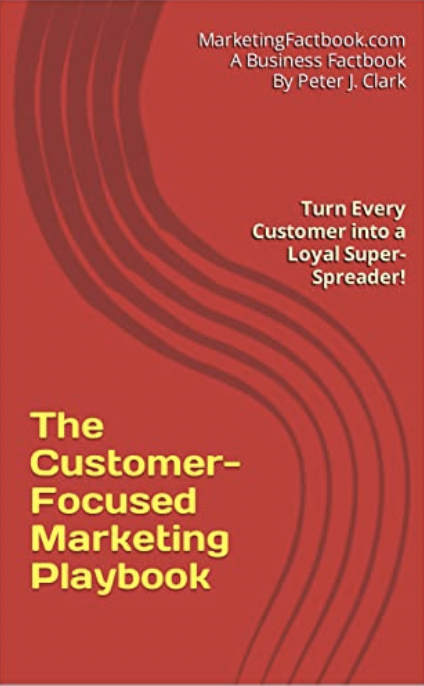Programmatic Advertising: Getting it right first time
Programmatic buying is a powerful force in online advertising and, as brands increasingly invest in digital ads, the programmatic purchasing of digital display is only going to rise, according to Intelligent Optimisations, which has identified several key concepts and steps for marketers who want to develop a better understanding of programmatic advertising.
Last year programmatic advertising accounted for some US$1.8 billion worth of digital ad spending in the UK alone, and analysts predict it will reach US$4.78 billion by 2018.
As more and more marketers adopt these platforms, there are two key fundamentals to programmatic advertising that are needed in order to get it right first time:
- Attribution
The key to attribution is to ensure you have a centralised system that gives everyone full visibility on performance and makes programmatic comparable with your other activity. - Distribution
Determining your distribution method is equally important. You can either work with buying platforms (DSP's) directly or choose a managed service to help with strategy.
A Three-Point Strategy
Your strategy should evolve to cover three core areas. Start by retargeting your current audience, then model your core customers and target people who are similar to them on a wider scale, then finally use prospecting to engage with new digital customers:
- Retargeting
Retargeting is the process of identifying current customers and engaging with them in other contexts. This typically involves identifying users on landing or conversion pages through their IP or advertiser IDs and re-engaging those individuals in the open market. It's an effective approach but despite high interaction rates it's a short-term measure with limited coverage. - Look-Alike Targeting
Predictive analytics, also known as 'look-alike targeting', is where you build a profile of your users based on interactions and buy inventory based on this assumed model. To do this, you need to analyse site visits and ad engagements to find the right parameters to target (e.g. handset, time). Predictive analytics increases the scale of your activity but you compromise relevancy when you expand your reach. - Digital Prospecting
Prospecting is the process of identifying your audience without previous user bias from ads served. This can help brands to identify new customer demographics that fall outside of standard models. Prospecting allows you to adapt to market trends but needs scale to work effectively.
Your Next Three Moves
The recent rise of machine learning has hugely improved the effectiveness of predictive analysis and is the only way to consider prospecting. As the systems evolve to analyse efficiency and dynamically engage with users, the focus will soon shift to universal insights that enrich your entire digital brand. But whatever your approach and goal is, you need to focus on three core activities:
- Understand your digital audience
To truly understand your digital audience you need to track their micro and macro interactions. On a macro level you can understand your customers through your site conversions and visits. To fully understand your audiences micro interactions you need a dynamic system to analyse trends in real time. When you combine these forms of analysis you can start to understand your customers short and long term goals and cater to their needs.Human-optimised campaigns can often include an element of biases and assumptions from previous activity, whereas machine learning begins with a blank slate then quickly begins understanding of audiences. Because this data is being fed back every second of every day, it doesn't take long for an optimal bid to be honed in on.
Savvy marketers are relishing the opportunity to broaden the scope of their campaigns to include new cohorts of prospective buyers who they may not have previously thought to market to.
- Adapt to user trends
Adapting to user trends means reacting to the different behaviours of users in different environments and states of mind. So, for example, the same user may respond differently to an ad at different times of the day, or days of the week. The CEO that you are looking to engage may have more time for you on his morning commute, then on his lunch break while he's reading the industry news.The most advanced ad servers in the market are able to balance the consumer, context and messaging in real time. Machine learning allows these systems to analyse the vast amounts of data produced by web users in a short enough time to dynamically engage your customers with a tailored message.
- Automate your activity
Automating your activity in the context of machine learning means dynamically responding to bids from ad exchanges to enable more efficient media spend and better targeting - ie, reaching the right customer at the right time.
Sources: Intelligent Optimisations IO / The Marketing Factbook.
Copyright © 2015 - 2025 The Marketing Factbook.
Categorised as:
- Customer Experience
- Knowing The Customer
- Marketing Know-How
- Marketing Technology
